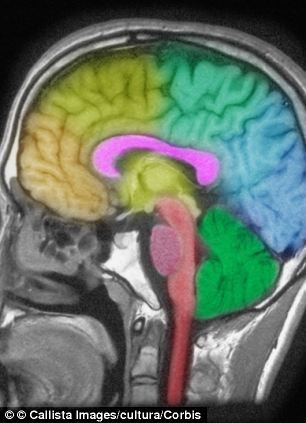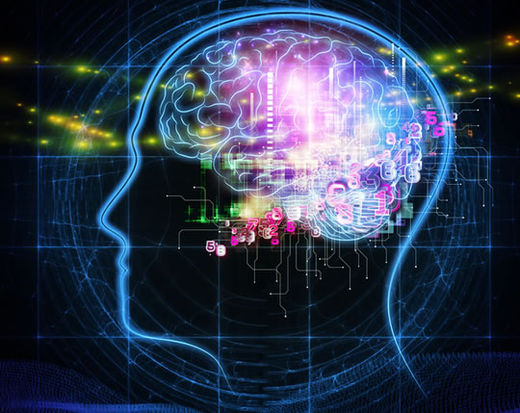
When teens receive money, or anticipate receiving it, their brains' pleasure center lights up more than it does in adults. The reason is not that teenagers value money more than adults, but more likely because teenage brains haven't finished maturing, researchers say.
"The current study replicates our previous research that the adolescent brain is more responsive and excitable to rewards compared to adults and to younger children," said
Galván, a neuroscientist at the University of California, Los Angeles, leader of the study detailed online today (Jan. 13) in the journal Proceedings of the National Academy of Sciences.
A significant amount of brain development happens during the teenage years. Studies have shown that when teenagers receive or expect to receive money, it produces strong activity in a brain region called the ventral striatum, the brain's reward center. One explanation is that teenage brains are less mature than adult brains. But another possibility is that teenagers value money more than adults because the teens typically have less of it.












Comment: Check out our SOTT Talk Radio show discussion with Stefan Verstappen, Canadian author, adventurer, and martial artist:
Surviving the Psy-pocalypse: Interview with Stefan Verstappen